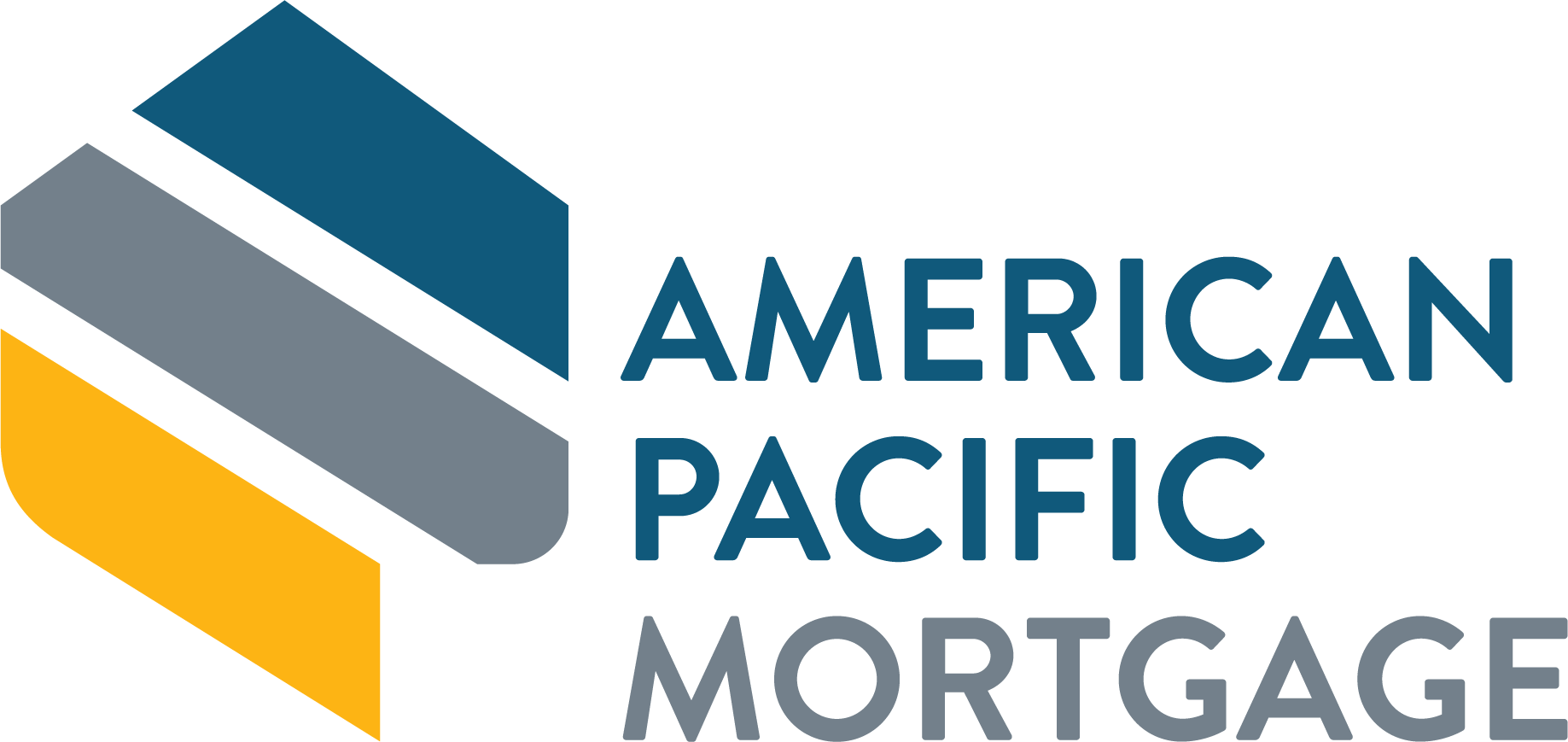
Research shows that consumers will choose the first or second person they speak with. So to stand out and reach the consumer first, loan originators need an effective marketing strategy that generates mortgage leads. Lead generation keeps your mortgage business thriving and should be a key focus of your loan officer marketing efforts.

Building a steady stream of qualified leads is essential for maintaining a loan officer’s pipeline and achieving consistent business growth. With the rise of digital marketing and online lending platforms, borrowers have more options than ever before. This makes it imperative for loan officers to seek out and engage with potential clients actively.
Mortgage lead generation also lets loan officers stay proactive and adapt to shifting trends and home buyer demands. By consistently generating new leads, loan officers can diversify their client base, mitigate market fluctuations, and position themselves as trusted advisors in an ever-evolving mortgage industry.
Mindset on Lead Generation
Lead generation can be scary when you’re new to the industry or during a market slowdown because it is a financial investment. That’s why it’s important that you have the right mindset and a realistic understanding of the potential of online mortgage lead generation.
First, you should understand that one lead does not equal one closed loan. If that’s the expectation you’re going in with, then lead generation may not be the right fit for you. Mortgage lead generation is a numbers game, and you often experience the return on investment (ROI) in the long term.
Also, you must factor in the time it takes to nurture a cold lead. Of course it is possible to get a hot buyer and close a loan right out of the gate. But for the first three to six months, your lead generation efforts should be supplemental to your existing business.
Remember that the most qualified leads often come from a partnership with a real estate agent. When you win over a referral partner and help generate opportunities, you could be closing 10 to 15 transactions a year through that one relationship. And that’s a pretty impressive ROI.
Market Research
Online advertising is one of the best ways to reach your target market and audience and generate new mortgage leads. Platforms like Google, Facebook, Zillow, and Realtor.com provide different opportunities for loan officers to increase their online presence and win leads, either through direct targeting parameters like location, interests, and keywords targeting, or direct leads from their website.
Zillow offers a platform called Connect that caters to mortgage professionals. Leads are prompted through a series of questions to find a local lender and receive contacts based on their location data. Connect is priced on a cost-per-contact basis and varies depending on factors such as the type of loan, loan amount, and credit score.
With Google Ads, you can target key search words and your chosen markets. For instance, if you target the search phrase “best mortgage lender,” then whenever someone in the market you have specified puts that phrase in Google, your ad could appear at the top of their search results. Even though it might come with a high advertising cost, that is a powerful spot to be in.
The cost for Google ads varies by search word, so check it out and see if there’s an opportunity to serve up your brand to those searching in your local market.
Social media platforms like Facebook, Instagram, and TikTok allow loan officers to test several lead generation strategies. These include custom audience marketing, retargeting, lookalike audiences, interest, location targeting, and more.
Identify a Target Audience
Identifying a target audience before running paid ads is important for maximizing the effectiveness and efficiency of advertising campaigns. It’s important to understand your target audience’s specific demographics, interests, and behaviors so you can create content marketing that will reach them.
For example, a first-time home buyer needs a different message than a move-up buyer who has already owned several homes. By aligning the messaging with the needs of your audience, you can increase the likelihood of capturing attention and creating interest. This personalized approach enhances the overall engagement and conversion rates of the ads, leading to a higher return on investment.
Identifying a target audience lets advertisers spend their budgets more strategically. A well-defined target audience ensures that you spend your ad budget on the people who are most likely to convert. This makes the advertising spend more efficient and cost-effective. That precision helps you achieve better results and optimize the ad strategy based on the audience response.
Knowing the target audience is key for refining the ad delivery and placement. Different demographics and audience segments may respond better to different platforms, devices, or times of day. By identifying the target audience, advertisers can tailor their ad placements to reach potential customers who are most active and receptive.
This strategic approach enhances the overall visibility and impact of the ads, creating a more successful and targeted advertising campaign. In essence, identifying a target audience is a foundational step in building a successful paid advertising strategy that aligns with the interests and behaviors of the intended customer base.
Setting a Budget
Our marketing partners at Real Marketing Solutions have a formula that can help loan officers determine an adequate digital advertising budget. The first step is to identify your annual revenue goal and what that equates to in the number of monthly loans you’ll need to close to reach that goal.
The next step is determining how many leads you need to bring in each month to meet your monthly and annual revenue goals. If you’ve been in business for any length of time, your pull-through rate can be a good reference point for some basic calculations to get you started (if you haven’t engaged in paid advertising previously).
After 30 to 60 days of consistent advertising, you’ll then be able to establish an average cost per lead. This is the next step in setting a monthly advertising budget that can be done through a simple math equation—the number of leads you need to generate times your cost per lead. The total equals your monthly ad budget.
It’s important to note that online leads tend to have a lower conversion rate than leads you generate through your referral network. So you’ll likely need to generate more online leads to have a similar conversion to that of referrals. That means you should make sure to keep up your regular sales activities along with your lead generation efforts.
Allow Adequate Time
In the dynamic landscape of online lead generation, consistent and long-term strategies often yield the best outcomes. Here are a few key considerations on the time frame.
Adapting and optimizing
The early phase of any lead generation campaign involves testing and analyzing different approaches to understand what works best for your target audience. Committing to a three- to six-month trial period gives you ample time to collect sufficient data and make informed decisions to refine your strategies. This iterative process lets you optimize your campaigns for better performance over time.
Building momentum
Lead generation is a cumulative process that will gain momentum over time. While you may see immediate results, the true impact of your efforts becomes more and more evident as you consistently engage with your target audience. A sustained presence in the market reinforces your brand and increases the likelihood of converting potential leads into actual clients.
Refining targeting and messaging
Successful lead generation involves refining your targeting parameters and crafting compelling messages that resonate with your audience. Over three to six months, you can analyze the data to understand your leads’ demographics, behaviors, and preferences more accurately. This information lets you fine-tune your targeting and messaging strategies for even better effectiveness.
Commit to running your advertising for a minimum of six months.
Test Different Ad Components
The great thing about most digital ad platforms is that you can easily monitor ROI and change your advertising copy, creative, and targeting to ensure the best results. On Facebook and Google, it’s a good idea to test different components of your campaigns, such as your audience, ad copy, and creative (video or images), as well as the type of ad you’re delivering, to see what brings the best results.
Here are some more best practices for testing your ads.
When testing audiences, keep campaign copy and creative the same
By keeping these elements constant, you isolate the variables being tested, allowing you to accurately assess the impact of specific audience targeting or messaging changes. If the copy or creative differs between the groups you’re testing, it gets challenging to attribute any performance variations solely to the targeted audience, potentially leading to misleading conclusions.
This consistency ensures that you can confidently attribute any observed differences in engagement or conversion rates to the effectiveness of the audience segmentation. That allows for more informed and reliable optimizations in your next campaigns.
When testing images or videos, keep the copy and audiences the same
Maintaining consistency in copy and audiences when testing images or videos in digital advertising is crucial for isolating and accurately assessing the impact of visual elements.
By keeping these variables constant, you can attribute changes in performance directly to the visuals you’re testing, ensuring a more reliable evaluation of their effectiveness. This controlled approach helps in identifying which images or videos resonate best with the target audience.
When testing copy, use the same images and audiences
In the same vein, you should maintain consistency in visuals and target audiences across different versions of the copy. This helps you create a controlled environment in which you can attribute any variations in performance to the changes in the written content. This approach will pinpoint the specific elements of the copy that resonate or fall short, letting you make informed adjustments and optimize your messaging.
Testing your ads allows you to make decisions based on data, which we will dive into next. It also helps you determine the best-performing ad so you can optimize your budget.
Review Analytics
To determine a campaign’s ROI, you need to identify its key performance indicators (KPIs). Knowing the KPIs helps you refine your efforts. You can use this data to drive your marketing efforts toward maximum profitability.
These are the KPIs you’ll want to monitor:
- Cost per lead: Luckily, most digital advertising platforms—including Facebook, Instagram, Google Ads, and LinkedIn—automatically calculate this number for you.
- Lead-to-close ratio: You calculate this by dividing the number of leads by the number of deals you closed. The lead-to-close ratio helps you rate the quality of the leads you’re getting.
- Return on ad spend (ROAS): This is the revenue from your ads divided by your total ad spend, multiplied by 100.
- Total cost per acquisition: This is how much you spend to acquire customers, not leads, and is the KPI you want. You calculate it by dividing your total marketing spend (ad spend and cost for services) by the number of acquired customers through your marketing efforts.
Ongoing Optimization
Now that you know what metrics measure the success of your campaigns, you can move on to optimizing those campaigns. Ultimately, you want to reduce your lead and customer acquisition costs.
Ongoing optimization is crucial because the digital landscape is dynamic, and consumer behaviors and algorithms are constantly evolving. Regular optimization lets marketers adapt to these changes and ensures that their lead generation strategies remain effective.
By analyzing performance metrics, such as click-through rates, conversion rates, and cost per acquisition, you can identify areas of improvement and refine your campaigns to maximize your results.
Ongoing optimization also helps in maximizing the return on investment for advertising efforts. Through continuous testing and refinement of ad creative and copy, targeting parameters, and landing pages, you will start to identify the most effective combinations that resonate with your audience.
This process allows for the allocation of resources toward the most successful campaigns, ultimately increasing the efficiency of lead generation campaigns. In a rapidly evolving digital landscape, ongoing optimization ensures that your advertising efforts remain cost-effective and aligned with the changing market dynamics.
Lead Nurturing
It’s one thing to generate a lead and another to convert that lead to a client and a closed loan. Every experienced loan officer knows that we’re all competing to win the race to the consumer. And initial customer communication speed, building relationships, and ongoing nurturing are critical to your success.
So what does ongoing nurturing look like? Every sales funnel is different, but a good footprint includes consistent email marketing paired with phone calls and texting. There are marketing tools available to help you facilitate this type of sales funnel for post-lead follow-up.
At APM, we’ve developed a state-of-the-art lead management platform that supports APM originators and their real estate partners in nurturing leads into sales-ready opportunities. From start to warm handoff, AP Connect is there every step of the way with trained sales associates connecting and nurturing your future clients.
The best part is that loan officers have a say in the touch points, milestones, and communication process, so they can be as involved and customize as much as they want. With AP Connect, we ensure immediate contact and the long-term nurturing of every lead. This means you can convert more prospects into closed loans and stay focused on your day-to-day business activities.
This also allows our loan officers to stay focused on their active pipeline while still nurturing and building their long-term pipeline. It’s the best of both worlds in mortgage lead generation.
If you’d like to learn more about how you can grow your business by partnering with APM, click here.





